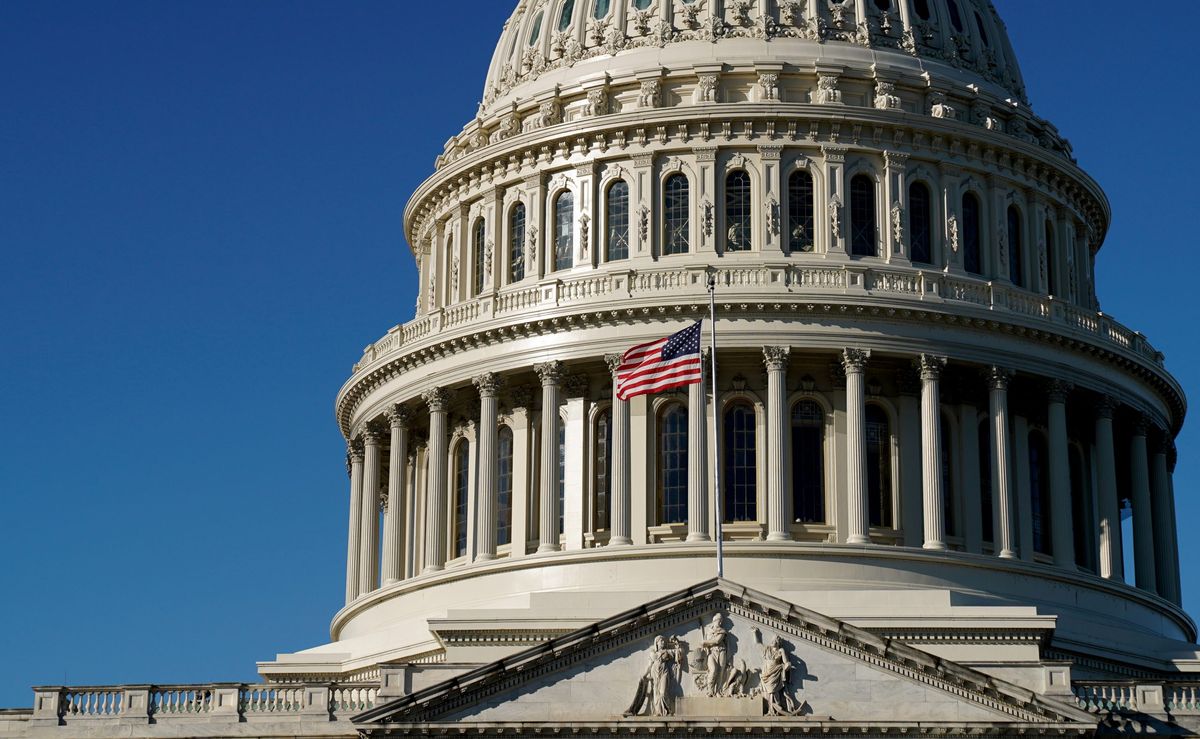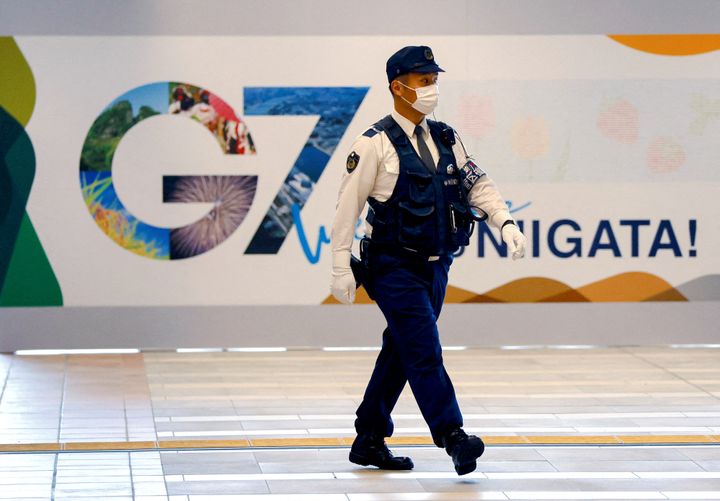The House passed a COVID relief bill. What’s in it?

A few minutes every morning is all you need.
Stay up to date on the world's Headlines and Human Stories. It's fun, it's factual, it's fluff-free.
The package now heads to the Senate where it will likely see some shifting before it is signed into law.
On February 26, the United States House of Representatives passed a sweeping US$1.9 trillion COVID relief package in a party-line vote of 219-212.
“I am a happy camper tonight,” said Democratic Representative Maxine Waters of California. “This is what America needs. Republicans, you ought to be a part of this. But if you’re not, we’re going without you.”
The package is wide sweeping and comprehensive, including many of the things Democrats favored, such as increased unemployment insurance and funding for states.
The relief bill is the first major piece of legislation that the Biden administration has worked on getting pushed through Congress. Many items within the package, including direct payments, were promised in many Democratic Senate campaigns last year.
The bill has yet to be voted on in the Senate, where it will likely see some hold ups and changes before it gets signed by President Joe Biden.
The House version of the stimulus bill is far-reaching and differs in certain ways from past stimulus bills. Here’s what it looks like.
What the House version includes
- US$1,400 stimulus checks for individuals making less than US$75,000 a year and couples making less than US$150,000 a year, with a family of four receiving as much as US$5,600. But the payments will phase out faster than previous bills and will entirely exclude individuals making more than US$100,000 or couples making more than US$200,000 from receiving any form of direct payment.
- An extension and expansion of unemployment assistance that will last until August 29. For people on unemployment, this will mean a weekly boost from the previous US$300 weekly to US$400 weekly. It will also expand the duration of the Pandemic Unemployment Assistance program and the Pandemic Emergency Unemployment Compensation program to 74 weeks and 48 weeks respectively.
- A path to reaching a minimum wage of US$15 an hour by 2025, in stages. It would ensure that tipped workers and disabled workers are also paid the federal minimum wage.
- About US$140 billion for vaccine rollout and testing. It would hire public health workers to support the response and give around US$50 billion to the Federal Emergency Management Agency (FEMA), which has been running emergency vaccination and testing clinics nationwide.
- Increased tax credits for families and low-income workers. The child tax credit would be increased to US$3,600 for each child under age six and US$3,000 for each child under 18. This is up from the current US$2,000 for each child under age 17.
- US$130 billion for schools to work toward going back in person. The money would be allowed to be spent to reduce class size and allow social distancing, to improve and update ventilation systems and hire support staff, among other things. Schools will be required to use at least the first 20% of the money to deal with learning loss. Another US$40 billion would go to higher education institutions, with half of it to provide emergency financial aid to students in need of it.
Onto the Senate
The package now heads to the Senate where it will likely see some shifting before it is signed into law.
Last week, the Senate parliamentarian determined that the minimum wage increase was not something that could be done through the reconciliation process, the same process used in the creation of the package. This process was used by Democrats in large part because it is not subject to the Senate filibuster, which would require 60 votes instead of 51 for passage.
This was a blow to Democrats, many of whom have been promising a minimum-wage increase, and it makes it unlikely that the wage increase will make it through to the final version of the bill.
Speaker of the House Nancy Pelosi said that the wage increase was left in the House version of the bill to send a message about its importance.
“This is a spectacular piece of legislation,” she said at a news conference before the bill passed the House. “While the Senate has prevented us temporarily from passing one aspect of it, let us not be distracted from what is in here, because it is a great bill.”
Democrats in the Senate are now looking at ways of incorporating a penalty for companies who pay their employees less than US$15 per hour. This penalty would include an escalating tax on large corporations if any of their employees earned less than a certain hourly wage.
In theory, Democrats also have hope to overturn the ruling of the parliamentarian. Vice President Kamala Harris technically has the authority to overrule the Senate parliamentarian, but such an overruling is rare and hasn’t happened in the last 45 years.
Whatever does end up happening in the Senate, it will need to happen fast. The expanded unemployment insurance covered under the last stimulus bill will run out on March 14 and people on both sides of the aisle are anxious to see the bill passed.
A Politico/Morning Consult poll shows that more than three-quarters of Americans back the US$1.9 trillion plan, including 60% of Republicans.
One way or another, it appears all but certain that a stimulus package will pass the Senate in the next two weeks.
Have a tip or story? Get in touch with our reporters at tips@themilsource.com




Comments ()